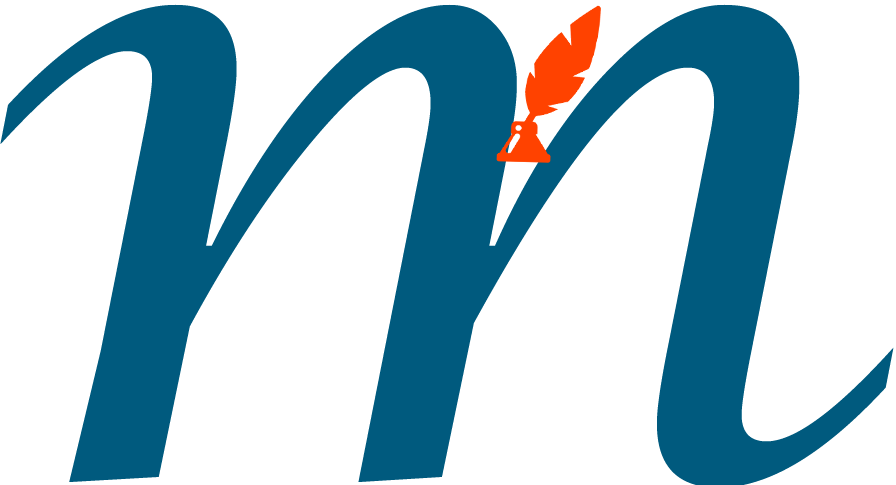The following FREE practice test is an additional Life in the UK Test about arts and culture in the UK. This practice exam has 24 questions in total.
All the questions are set to help you learn about the UK and efficiently prepare for the real exam because passing the Life in the UK test is part of demonstrating that you are ready to become a permanent migrant to the UK.
Keep practising until and unless you are confident enough to write the actual Test and 100% correct with your answer to our practice tests. Good Luck!!!
Select the right answer of Life in the UK: Arts & Culture (Extra Test) by clicking one:
Results
%3Cem%3EWell%20Done!%3C%2Fem%3E%20%3Ca%20href%3D%22https%3A%2F%2Fbritish-citizenship-test.musitrature.com%2Flife-in-the-uk-test-science-and-technology%2F%22%3ETry%20Science%20%26amp%3B%20Technology%20Tests%3C%2Fa%3E
%3Ca%20href%3D%22https%3A%2F%2Fbritish-citizenship-test.musitrature.com%2Flife-in-the-uk-arts-culture-extra-test%2F%22%3ETry%20Again!%3C%2Fa%3E
#1. Which of the following are the best-known works by Sir William Walton
#2. Who wrote the ‘Water Music’ for King George I and ‘Music for the Royal Fireworks’ for his son, George II?
#3. Who founded the Aldeburgh festival in Suffolk, which continues to be a popular music event of international importance?
#4. What are the characteristics of pantomimes?
#5. Who painted ‘The Origin of Painting’?
#6. The annual Chelsea Flower Show showcases garden design from Britain only.
*False. The annual Chelsea Flower Show showcases garden design from Britain and around the world.
#7. Who was best known for the large bronze abstract sculptures?
#8. The Turner Prize, established in 1984, celebrates ________.
#9. The books, “Treasure Island”, “Kidnapped” and “Dr Jekyll and Mr Hyde were written by_______.
Notable authors and writers
Jane Austen (1775–1817) was an English novelist. Her books include Pride and Prejudice and Sense and Sensibility. Her novels are concerned with marriage and family relationships. Many have been made into television programmes or films.
Charles Dickens (1812–70) wrote a number of very famous novels, including Oliver Twist and Great Expectations. You will hear references in everyday talk to some of the characters in his books, such as Scrooge (a mean person) or Mr Micawber (always hopeful).
Robert Louis Stevenson (1850–94) wrote books which are still read by adults and children today. His most famous books include Treasure Island, Kidnapped and Dr Jekyll and Mr Hyde.
Thomas Hardy (1840–1928) was an author and poet. His best-known novels focus on rural society and include Far from the Madding Crowd and Jude the Obscure.
Sir Arthur Conan Doyle (1859–1930) was a Scottish doctor and writer. He was best known for his stories about Sherlock Holmes, who was one of the first fictional detectives.
Evelyn Waugh (1903–66) wrote satirical novels, including Decline and Fall and Scoop. He is perhaps best known for Brideshead Revisited.
Sir Kingsley Amis (1922–95) was an English novelist and poet. He wrote more than 20 novels. The most well-known is Lucky Jim.
Graham Greene (1904–91) wrote novels often influenced by his religious beliefs, including The Heart of the Matter, The Honorary Consul, Brighton Rock and Our Man in Havana.
J K Rowling (1965–) wrote the Harry Potter series of children’s books, which have enjoyed huge international success. She now writes fiction for adults as well.
#10. The Edinburgh Festival Fringe (‘the Fringe’) often shows experimental work.
#11. Which of the following is FALSE about the pantomime?
#12. Which of the following is the best-known work by Sir Edward Elgar?
#13. Many of the painters working in Britain in the 16th and 17th centuries were from abroad.
#14. Who wrote the novels, “Oliver Twist” and “Great Expectations”?
#15. Famous festivals in the UK include________.
#16. Sir Laurence Olivier, later Lord Olivier was best known for his roles in_______.
#17. Who founded the Aldeburgh festival in Suffolk, which continues to be a popular music event of international importance?
#18. In which period was the Punk movement?
#19. The venues, Wembley Stadium and the O2 are located in Glasgow.
*False. The venues, Wembley Stadium and the O2 are located in Greenwich, south-east London.





 Life in the UK Test: General Questions
Life in the UK Test: General Questions